During bokashi composting, food waste is collected in air-tight plastic containers. Each layer of food is sprinkled with a bran inoculated with effective microbes, and then squashed into the bucket to remove air. (Bokashi is an anaerobic stage 1 composting process.)
After layers of food are added and the bucket becomes full – it is surprising how much can fit in this way! – the bucket is left to ferment for two weeks. At this point, bokashi has not yet become compost. So what do we do with our full, fermented buckets of food waste at Clarion?
- We make compost in the tumbler
By adding the contents of bokashi buckets to old leaves, grass cuttings, cardboard and other dried organic matter at a ratio of 1:5 in our compost tumbler, we create nutrient-rich compost for use in our school garden. Dependent on the weather, it takes anywhere from a few weeks to a few months for the compost to form. We need to regularly turn the tumbler and add water during this process.


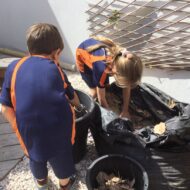
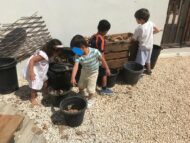
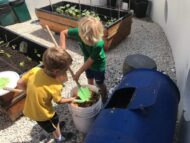

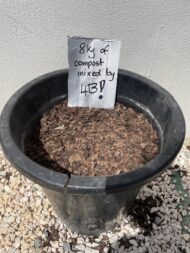
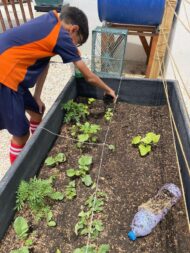
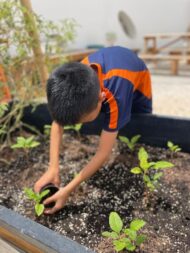
- We revitalize old soil in soil factories
Bokashi can be added to old soil that is depleted in nutrients in order to replenish it and prepare it for growing again. This means that we never need to throw away valuable soil and we can use our food waste as part of our very own school ecosystem. We make soil factories in large containers or unused garden beds and add bokashi to soil at a ratio of approximately 1:3.
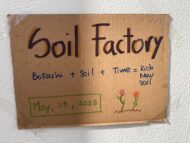
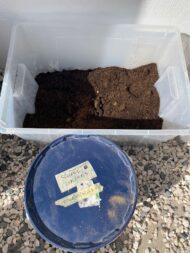
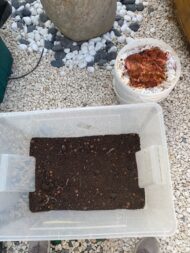
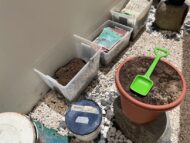
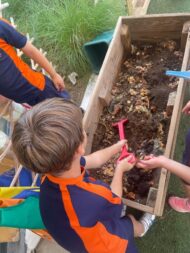
- We build soil by digging our bokashi into the ground
In our school garden, we are working on improving the quality of a patch of ground at one end of our garden. To do this, we dig a trench and mix the contents of the bokashi bucket into the soil. From time to time we dig up a section to check on its progress. Over time, we are observing changes. Sometimes we add old soil or bokashi bran in an effort to introduce more microbes.

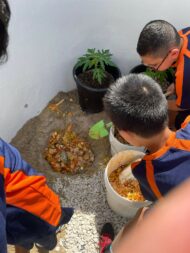
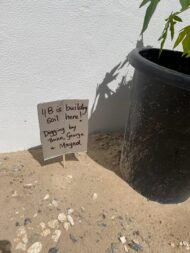
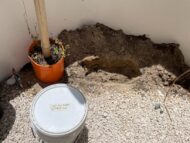
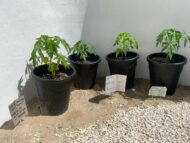

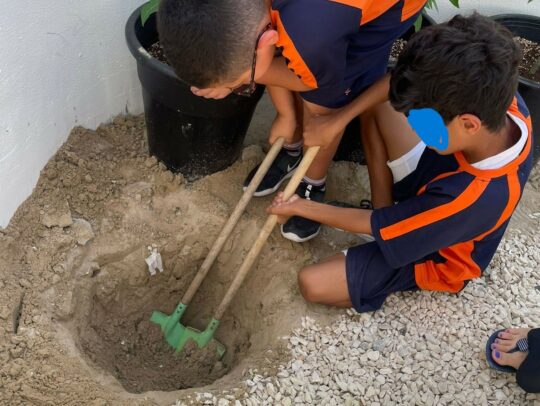








Follow R&S UAE